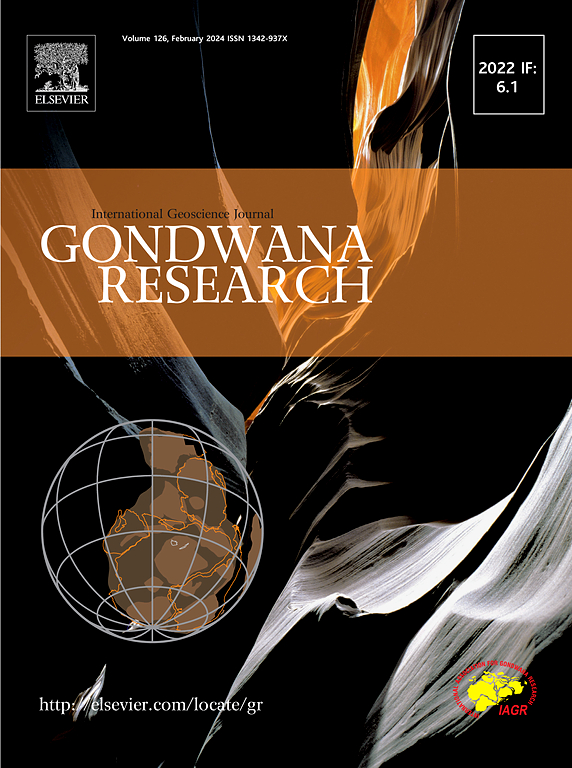Estimating air pollutant emissions from the 2024 wildfires in Canada and the impact on air quality
IF 7.2
1区 地球科学
Q1 GEOSCIENCES, MULTIDISCIPLINARY
引用次数: 0
Abstract
Wildfires are becoming more frequent and destructive and have major implications for continued climate change. They pollute the air hundreds or even thousands of kilometers from where they occur. This study uses ground-based data and satellite monitoring to examine the air quality implications of the wildfires in Canada from May 11–14, 2024. Data from NOAA-20/VIIRS and FIRMS showed that a large smoke plume developed in British Columbia. Fire radiative power (FRP) data showed that intense wildfires sometimes exceeded 4000 Megawatts (MW), consistent with significant pollutant emissions. The most intense wildfires were recorded on the 11th and 13th of May when daily FRP of 108.45 GWh and 220.82 GWh were recorded from 659 and 581 fire points, respectively. Estimated total emissions of CO2, PM2.5, CO, CH4 and NOx showed that May 13 saw the highest level of pollutant emissions, with CO2 at 1.7358 Megatons (Mt). Meanwhile, ground-level PM2.5 concentrations in the area with the most intense fires, on the Alberta border with British Columbia, reached 949 µg/m3. NOAA-20/VIIRS aerosol optical depth (AOD) data showed that on May 11, the maximum AOD of 5 occurred in British Columbia and Alberta, moving eastward by May 12, affecting regions in Saskatchewan, Manitoba, and Ontario and parts of the US bordering Canada. The results demonstrate that wildfires can release large amounts of pollutants into the atmosphere, significantly affecting air quality. The research highlights the need to establish effective systems for responding to extreme situations associated with these fires and to implement measures to mitigate their negative impacts.

求助全文
约1分钟内获得全文
求助全文
来源期刊

Gondwana Research
地学-地球科学综合
CiteScore
12.90
自引率
6.60%
发文量
298
审稿时长
65 days
期刊介绍:
Gondwana Research (GR) is an International Journal aimed to promote high quality research publications on all topics related to solid Earth, particularly with reference to the origin and evolution of continents, continental assemblies and their resources. GR is an "all earth science" journal with no restrictions on geological time, terrane or theme and covers a wide spectrum of topics in geosciences such as geology, geomorphology, palaeontology, structure, petrology, geochemistry, stable isotopes, geochronology, economic geology, exploration geology, engineering geology, geophysics, and environmental geology among other themes, and provides an appropriate forum to integrate studies from different disciplines and different terrains. In addition to regular articles and thematic issues, the journal invites high profile state-of-the-art reviews on thrust area topics for its column, ''GR FOCUS''. Focus articles include short biographies and photographs of the authors. Short articles (within ten printed pages) for rapid publication reporting important discoveries or innovative models of global interest will be considered under the category ''GR LETTERS''.
 求助内容:
求助内容: 应助结果提醒方式:
应助结果提醒方式:


